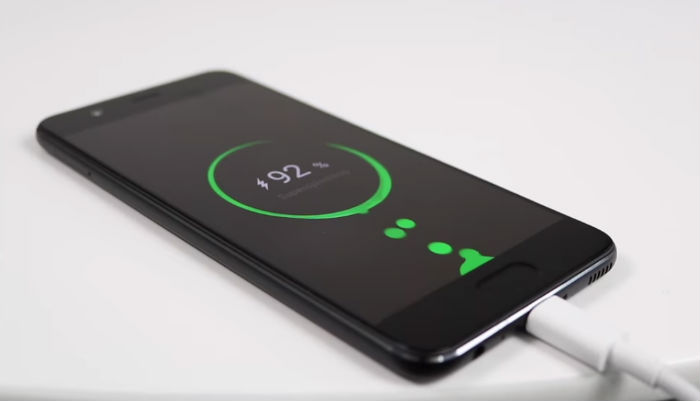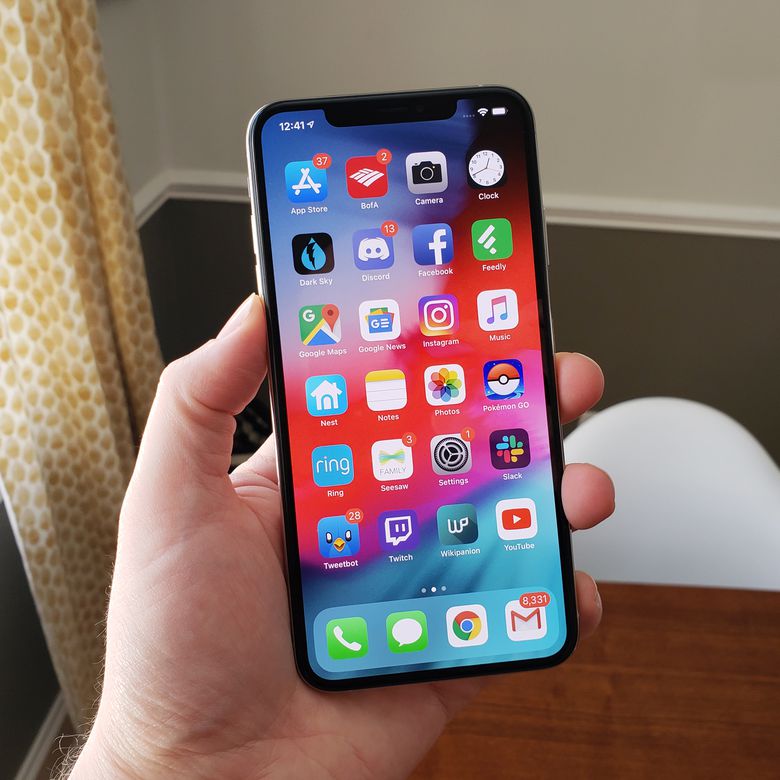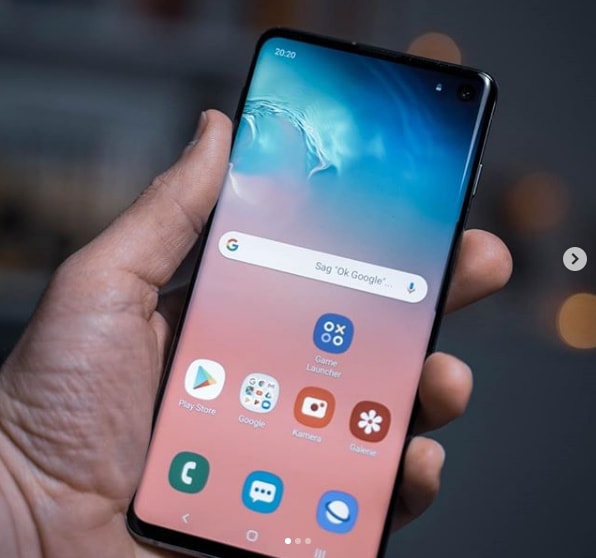Replacing the traditional navigation buttons with gestures has become increasingly popular these days and Xiaomi has decided to get in on the action as well. You can easily switch to the new navigation gestures on the Redmi Note 5, Redmi Note 5 Pro, and Redmi Note 5 Plus by following the steps in this tutorial.
Navigation gestures has been around for ages but there’s always a learning curve when it comes to using them. This is a big deal breaker for products and services which are trying to grow by bringing in other people who are currently using a competitor’s product or service.
The more obvious basic tasks are in a smartphone (such as going back, switching apps, or going back to the Home Screen), the easier it is for a new person to begin learning the different software features.
However, most will agree that navigation gestures are better than traditional buttons when it comes to a platform that you are experienced with. We’ve seen this before in Android where you can swipe down from the top of the screen with one finger to expand the Notification Shade. To view the Quick Settings panel we need to do two swipes from the top with one finger or we can do a single swipe from the top with two fingers. It’s usually easier to do the two finger gesture but teaching that to someone who is new can make the platform seem complicated.
Navigation Gestures are getting more and more popular these days and Xiaomi is well aware of this. They have their eye on Apple and enjoy how they implemented navigation gestures on the iPhone X. So Xiaomi devices with an updated version of MIUI 9 (such as the Redmi Note 5, Redmi Note 5 Pro, and the Redmi Note 5 Plus), can all enjoy this new software feature that the company is calling the Full Screen Display.
Redmi Note 5 Navigation Gestures Tutorial
- Open the Settings application
- Scroll down to the System & Device section
- Tap on the Full Screen Display option
- Then tap the Full Screen Gestures option
- And go through the demo tutorial (optional)
Explanation
Since this new Redmi Note 5 Navigation Gestures feature is built right into MIUI, it isn’t hard to turn it on or switch back to the original method at all. However, just scrolling through the Settings application may not give you a completely idea as to what this Full Screen Display feature even does. Since navigation gestures in general are a new trend within the community, I felt it was helpful to have this feature included in this category so people will konw that it’s there and how it works.
To begin, we need to open up the Settings application and begin scrolling through these options. Look for the System & Device section as the menu we’re looking for is right in there. In there look for and tap on the Full Screen Display option as it will take you to a page that lets us switch between the two navigation methods on the Redmi Note 5, Redmi Note 5 Pro, and the Redmi Note 5 Plus. By default this option will be set to the Buttons method but we can tap on the Full Screen Gestures option to change it.

Once changed, you will see a dialog box appear to ask if you want to learn the new Redmi Note 5 Navigation Gestures. This little tutorial will just walk you through the three gestures as it asks you to perform one task before it lets you proceed to the next. Once you complete the tutorial on how to use gestures to replace the back, home, and recents buttons then you will be taken back to the Settings page where you can then use one of your new gestures to go back to the Home Screen.
So the idea here is that you can swipe in from the left or right side of the screen to trigger the Back button. This is great since it doesn’t matter if you are right handed or left handed as you’ll be able to perform this gesture easily with either hand. Then, the swipe up from the middle of the bottom part of the screen is broken up into two different functions. Doing a full swipe up from the bottom to about the halfway part of the screen will replace the Home button. If you do a swipe up gesture but only go a quarter of the way there and pause, then you will trigger what used to be the Recents button.
Learning when to stop swiping for the Home and Recents gesture is the hardest thing to learn here and even that is easy to get the hang of after an hour or two of using it.





